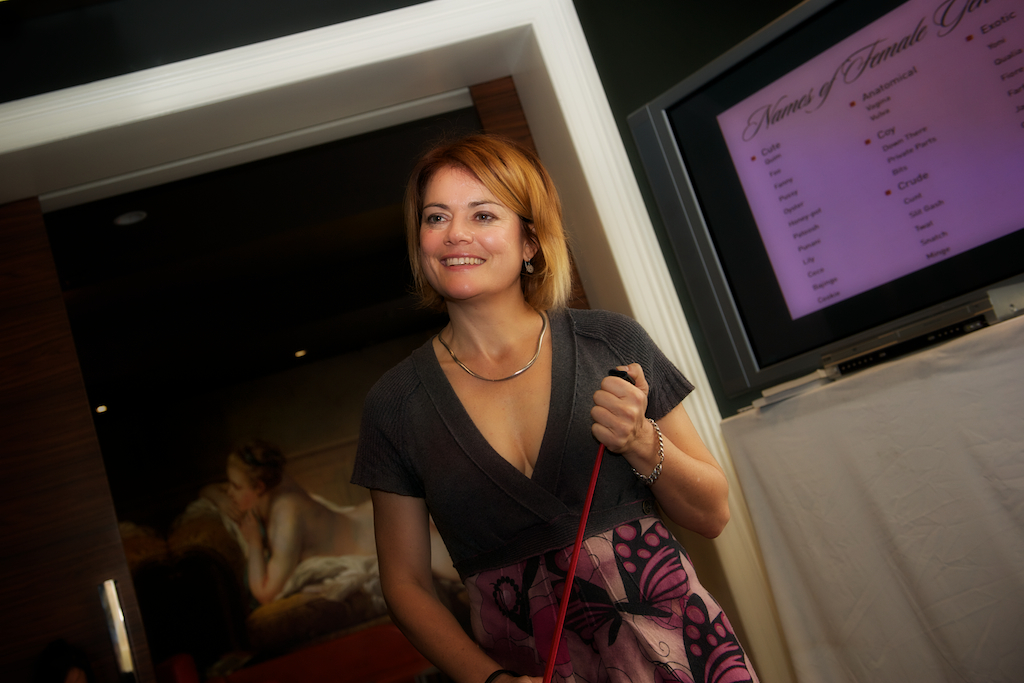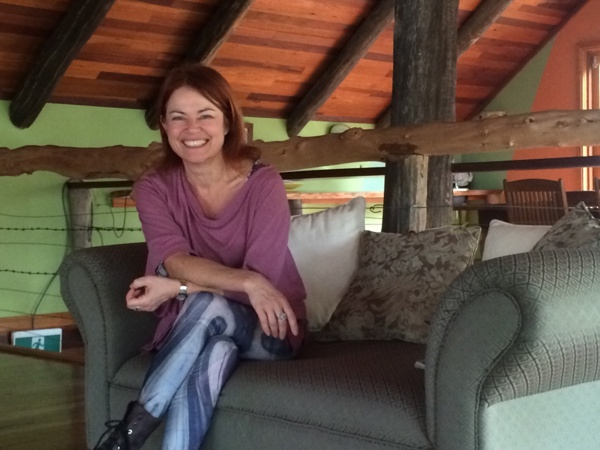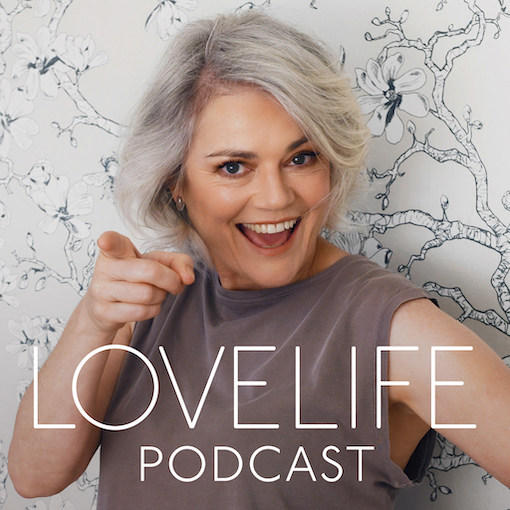
"How can I ever trust him/her again?”
Client after client pleads this after discovering hurtful deceits by their beloved. What they are really asking is: "How can I ever be 100% sure that my partner won't ever do this again?"
The honest answer is: you can't. In fact, you never could.
You can never be absolutely sure that your partner will never ever be deceitful or hurt you in some way.
The very definition of ‘trust’ is ‘not knowing’.
Trust is being OK with the not knowing. If you were 100% sure of something you wouldn’t need to ‘trust’. You don’t need to ‘trust’ that the sun will rise each morning; you just know it will. It’s only when you can't be sure, that trust comes in, trust must come in. We trust our partners to be honest and not deceive us due to the fact that we can’t be 100% sure that they won’t. Of course, that doesn't make it any easier when our partner is deceitful in some way. It hurts! But does that mean they are a terrible person, and you shouldn’t be with them? Maybe, but not necessarily. At the very least they’ve shown you that they are human, that they are fallible. They’ve shown you that like all of us, they are not perfect.
So, the question you really need to ask is actually: “Can I be OK with the fact that my partner is not perfect and has hurt me?”
It’s not an easy question, and the answer might well be a definite “No”.
If the answer is “Yes”, or “Maybe” or “I’d like to be OK with it”, then you can jointly work to uncover what was behind the deceit and make changes to be able to move forward and avoid it happening again.
In my experience, these hurts often occur because there is a lack of true honesty in the relationship, one or both partners is trying to be something they’re not, or putting up with something they increasingly can’t bear, but don't feel they can share with their partner.
So, the healing comes with radical honesty. You need to learn to be completely honest about how you’re feeling and what’s going on for you, and you have to learn to be able to hear that from your partner without judgment.
Ideally you learn this before a crisis sets in, but humans being human we often don’t realise there is a problem until something major happens. By working through this together, increasing the honesty and non-judgment on both partners’ sides, you grow as individuals and build maturity and resilience into your relationship.
The greater the heartfelt openness and honesty there is in a relationship, the less likely there is a need for deceit, and the easier it is to trust, to be OK with the not knowing.














